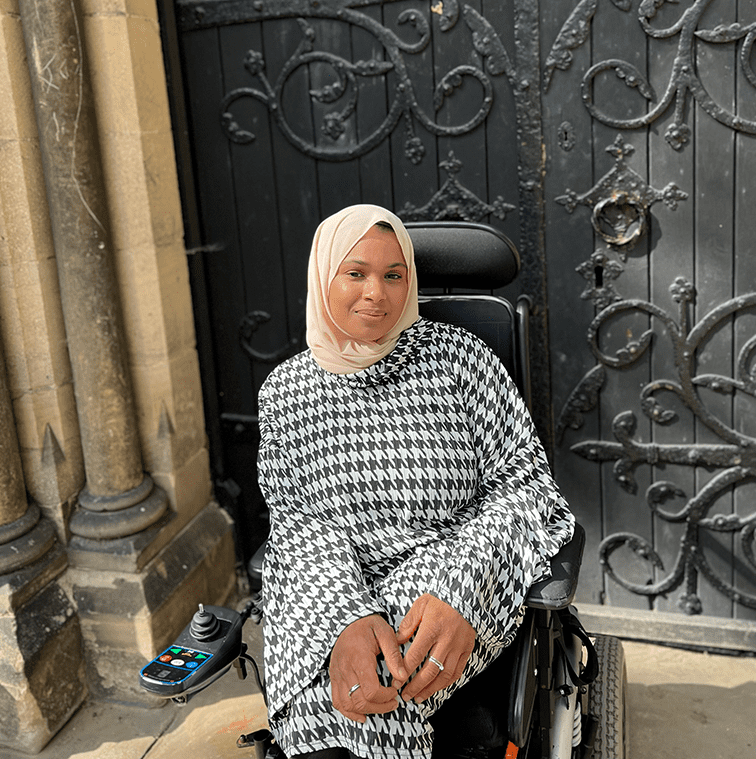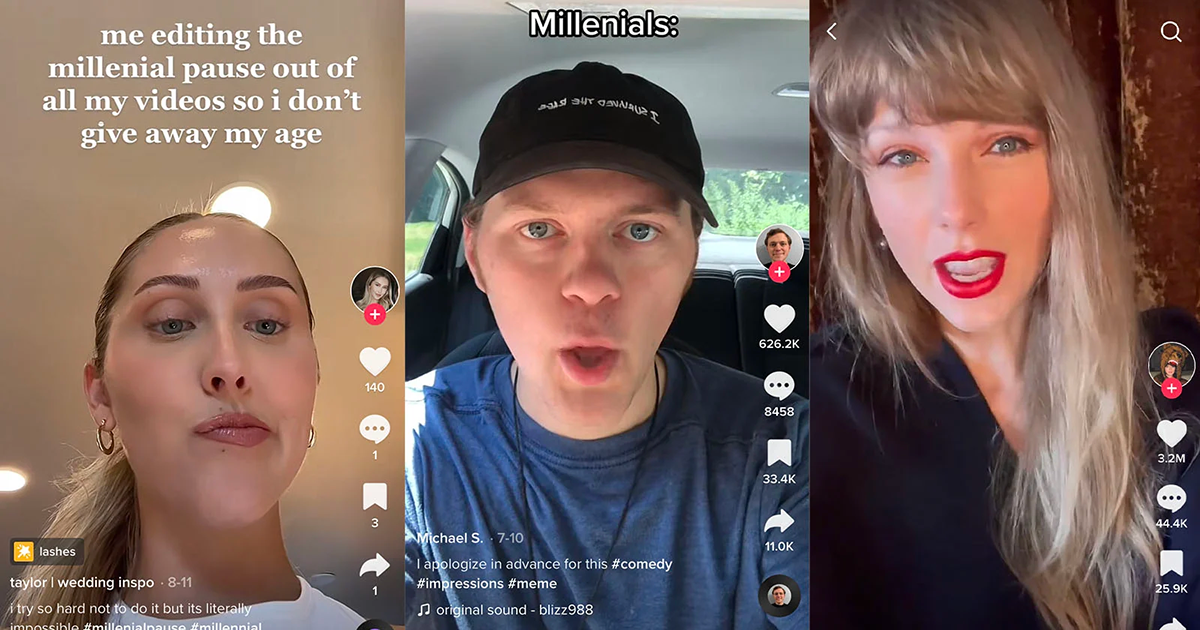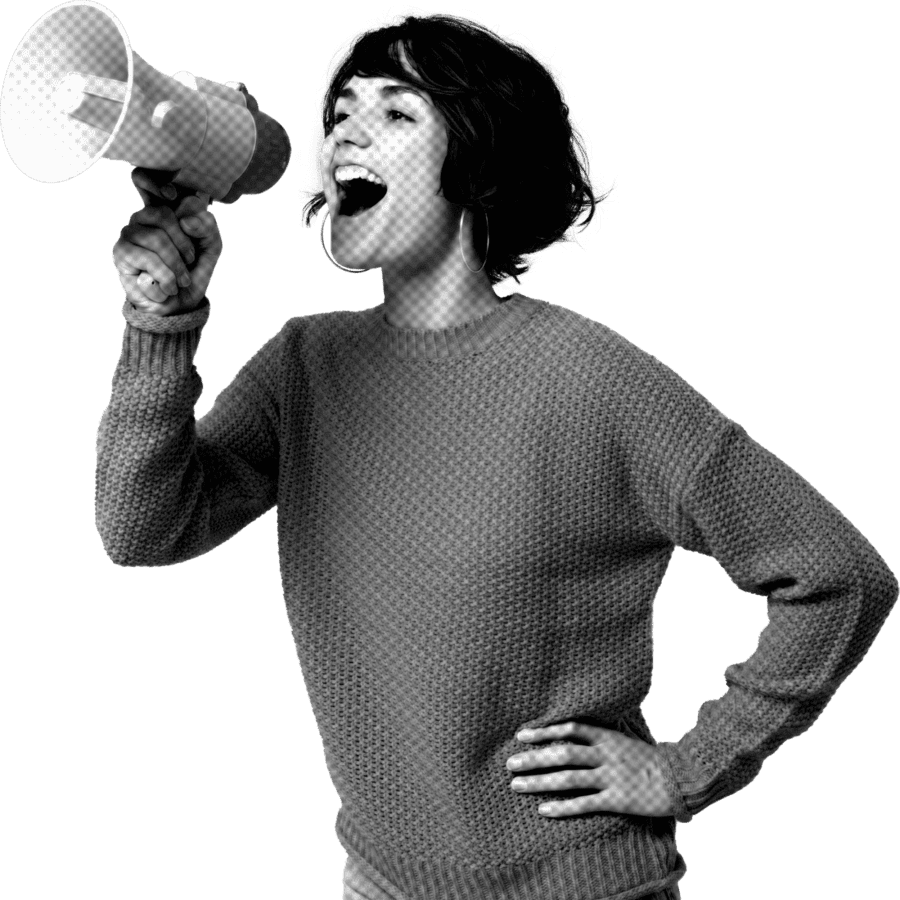My name is Umaymah, I have a condition called Spina Bifida. I am Muslim, and I am from a South Asian background.
My background has shaped my unique experiences both positively and negatively. For example, I have overcome many of the stigmas and barriers associated with disabilities prevalent in the South Asian community. I am often quizzed by strangers on the street about my disability, why and how I have acquired my disability, and much to people’s dismay, an interesting story does not follow when I tell them that spina bifida is congenital. I have often found that people think that due to my disability, I am limited in what I can achieve, which has resulted in a lot of internalised ableism. I often find that I am proving to people that I am sharing my achievements with strangers to prove that people with disabilities can lead a fulfilling life, which can be uncomfortable at times. However, my religion has given me the tools to be able to navigate through the challenges, and has encouraged me to view difficult situations in a positive light. It is important for everyone, from policy makers to marketers, to understand how intersectionality can influence a person’s experience of living with a disability.
What is Intersectionality?
Intersectionality is a term coined by Kimberle Crenshaw in 1989, a law professor and social theorist who brought the concept of intersectionality into the horizon to highlight the oppression faced by African American women.
Intersectionality refers to how our various identities, such as gender, race, religion, sexuality, or social status, can impact our individual experiences. For example, when thinking about intersectionality in disability, most disabled people will face systemic inequalities such as lack of accommodations, but a disabled person can also face added barriers such as unemployment, discrimination, cultural stigmas, barriers to accessing healthcare, or limited educational opportunities due to their race, gender, religion, or socioeconomic identity, which can create unique challenges that are often overlooked.
Individuals do not experience oppression in isolation but due to the factors that interact with one another. When examining intersectionality through the lens of disability, we can understand how disability intersects with various other identities, magnifying the complexity and oppression faced by individuals with disabilities.
One’s identity can either be a source of privilege or it can be a barrier leading to oppression or ableism for the individual. For example, a disabled person from an ethnic background can face ableism, but this can also be compounded with discrimination and racism, in comparison to a person who is White who may benefit from the privilege leading to potentially polar opposite experiences when navigating society.
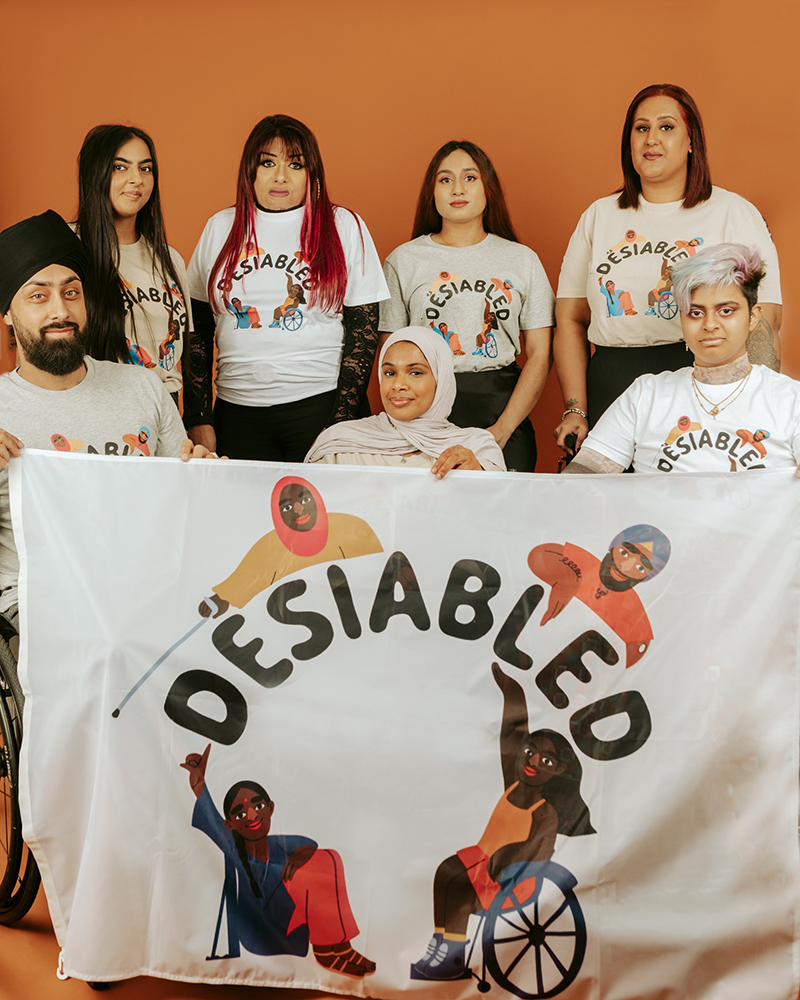
The Complexity of Disability Identity
A person’s identity is formed by external and internal factors. Internally, individuals may look to their family or peers when navigating their identity and sense of self in society. People with disabilities also grapple with questions about acceptance and empowerment when navigating their identity. Externally, societal attitudes, barriers in society and intersecting forms of discrimination influence how people with disabilities are perceived in society.
The complexity of disability identity and intersectionality extends to personal relationships, social dynamics as well as access to representation and our visibility within society; public discourse does not always accurately represent the diverse experiences of the disabled community. That is why an authentic representation of the community, whether that is on ads, social media, or films – among others – is essential to help reduce societal barriers and remove misconceptions about disabled people.
When I see someone who looks like me in the media, it gives me a sense of pride and broadens my mind of what I can achieve as a person with a disability. I remember as a child watching TV presenter Cerrie Burnell on the children’s TV show, CBeebies. That exposure to disabilities at such an instrumental age really showed me the extent of what could be possible, and highlighted that I should dream big rather than limiting what I can achieve because of my disability. Even now, I still feel a sense of pride and happiness when I see disabled people in the media, this is because it is still very rare, but every time we are represented positively in the media, we are reducing the stigma and breaking down barriers.
Often, in South Asian cultures, there is a stigma associated with disabilities as it is portrayed in a negative light. For example, healthcare professionals need to adapt their communication and care so that support can be provided to individuals from diverse backgrounds in a manner that is culturally competent. By bringing intersectional experiences to the forefront, we can challenge the narrative.
Disability identity is complex, and a holistic approach to disability advocacy is crucial to bring about social change. We can work towards an equitable society by recognising intersectionality and the complexity of disability identity.
Intersectionality and Access
When discussing intersectional experiences within the disabled community, accessibility is a crucial component. Along with physical spaces and access needs such as lifts and ramps to buildings, accessibility also encompasses social, cultural, and economic accessibility. When we consider disability through the intersectional lens, it is clear that barriers to accessibility are compounded by intersecting identities such as race, gender, sexuality, socioeconomic status, race, and religion.
People with disabilities from ethnic backgrounds may experience language barriers, discrimination, stigmas, and a lack of cultural awareness which can lead to inadequate care and support; in the healthcare system, for example, this often means that many people are misdiagnosed or do not receive the healthcare that they rightly deserve.
In addition, people with disabilities who are from a lower socioeconomic background may not be able to access their environment as they may not have the resources, finances, or tools to be able to access suitable housing, accessible transportation systems, communication aids, digital accessibility, assistive technology, or mobility aids, all valuable resources allowing an individual to lead a fulfilling life. However, for individuals unable to access this for reasons such as socioeconomic status or ethnicity, they may face isolation and even mental health problems due to these barriers. From my own personal experience, I am aware of how difficult it is to access mobility aids due to the huge expense, I have also found that the information available about the grants and financial support available is extremely difficult to access online, so I can really empathise with people whose first language isn’t English as they are navigating a system that is so foreign.
Implementing an intersectional approach to accessibility ensures that the voices of people with rich and varied experiences are centred and amplified; this ensures that, as a society, we can work towards dismantling systemic barriers and creating an inclusive environment for all individuals. It is imperative to note that accessibility and intersectionality go hand in hand when discussing disabilities, as they highlight the various forms of discrimination that people with disabilities may face. An intersectional approach to society allows all individuals to thrive.
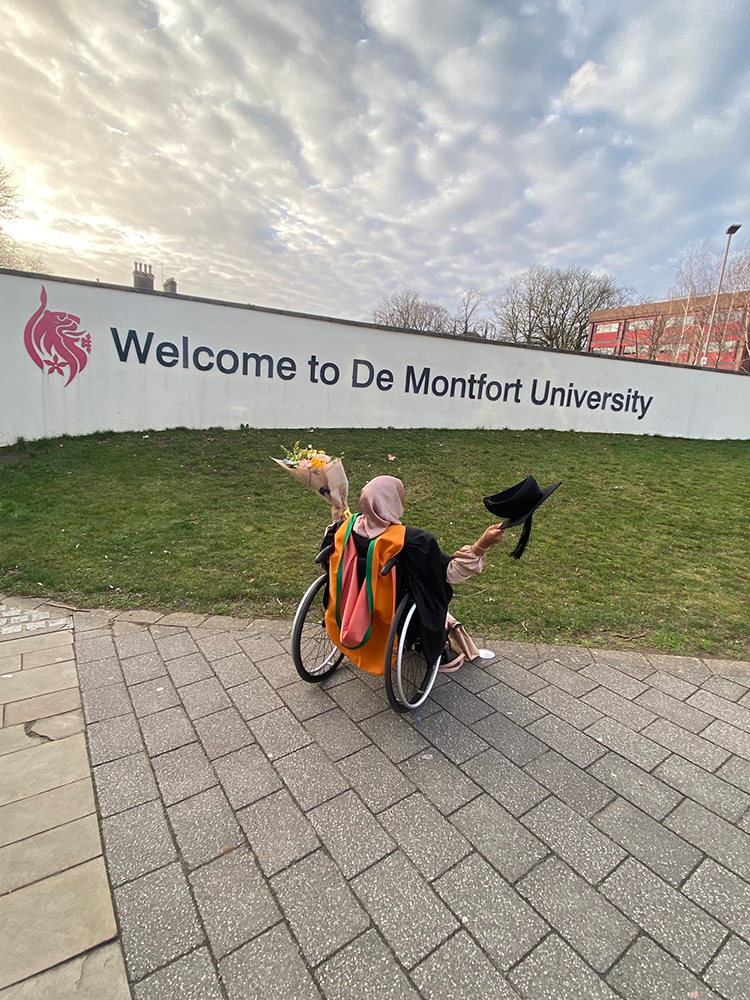
Representation
Representation is crucial when promoting accessibility through an intersectional lens. It is rare to see people with disabilities represented in mainstream media, such as in TV adverts or in literature, politics, and other areas. When people with disabilities are represented in the media, we are often depicted as people to be pitied, or through the ‘inspiration lens’. For example, during the 2016 Paralympic games in Rio, athletes were labelled as ‘Supercrips’ to challenge the notion of the ‘impairment’ often associated with disabilities. The Paralympic Games also highlighted their stories and backgrounds, which were promoted to the broader audience to depict their triumph over adversity, celebrating their courage and perseverance leading to success. However, this has received critique from disability scholars as it perpetuates structural issues of power inequality, ableism, and social exclusion (Cherney et al., 2015). The ‘Supercrip’ narrative can be damaging for disabled people who are non-athletes, as their efforts in society are often overlooked as individuals’ values are frequently placed on merit or worth.
Representation is vital, especially the voices and faces of disabled people from diverse backgrounds; when we are represented in discussions about accessibility, in politics, in marketing campaigns, and in decision-making processes, it sends out a message to the broader community that our views are valid and worthy of recognition, therefore, challenging stereotypes, stigmas and breaking down barriers to inclusion.
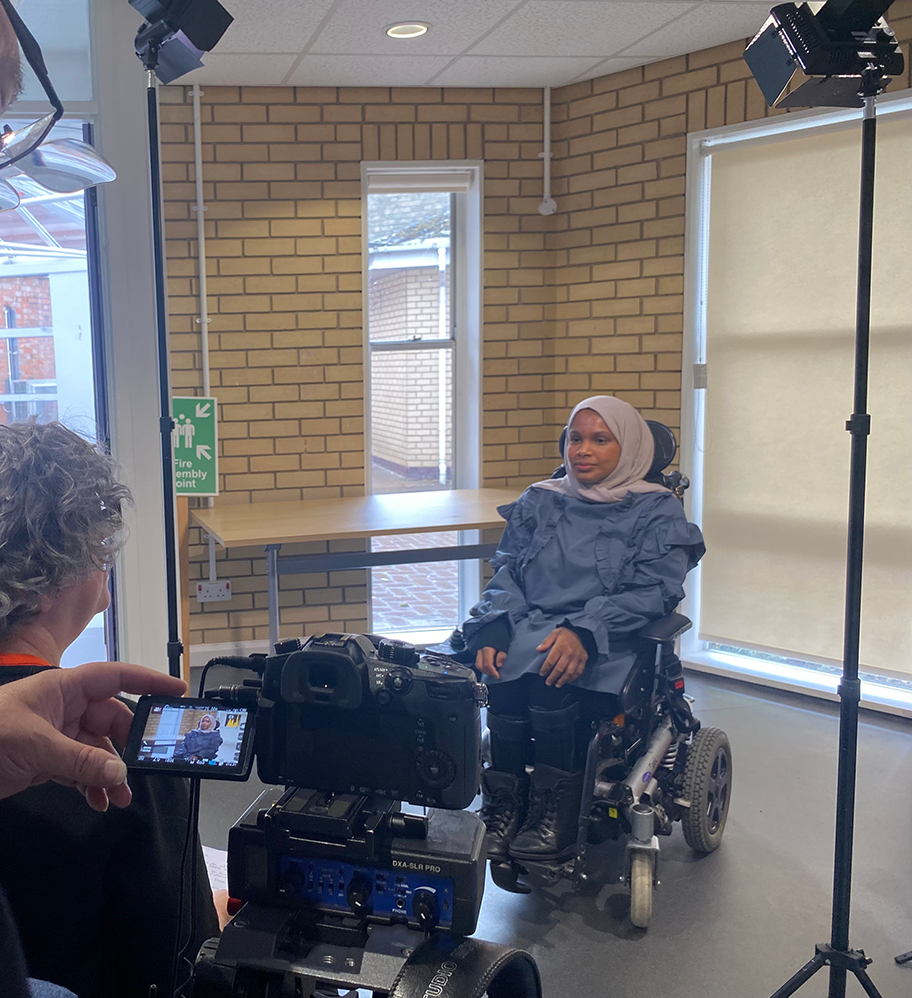
Conclusion
The complexity of disability identity and intersectionality displays the need for an inclusive and holistic approach to disability advocacy and policy making to bring about social change. It is essential that as a society, diverse voices are amplified and we make space for their views so that we can challenge outdated narratives.
By recognising and addressing the disadvantage and discrimination faced by people with disabilities, we can work towards creating a more equitable, accessible, and inclusive society for all individuals. Intersectional identities can shape social networks, support systems and access to community resources which highlights the need for culturally competent approaches to advocacy and support.
Representation plays a massive role in all of this, if you want to create more inclusive ads, or you’d like your company or event to be more accessible to people with disabilities, contact the Purple Goat team!


